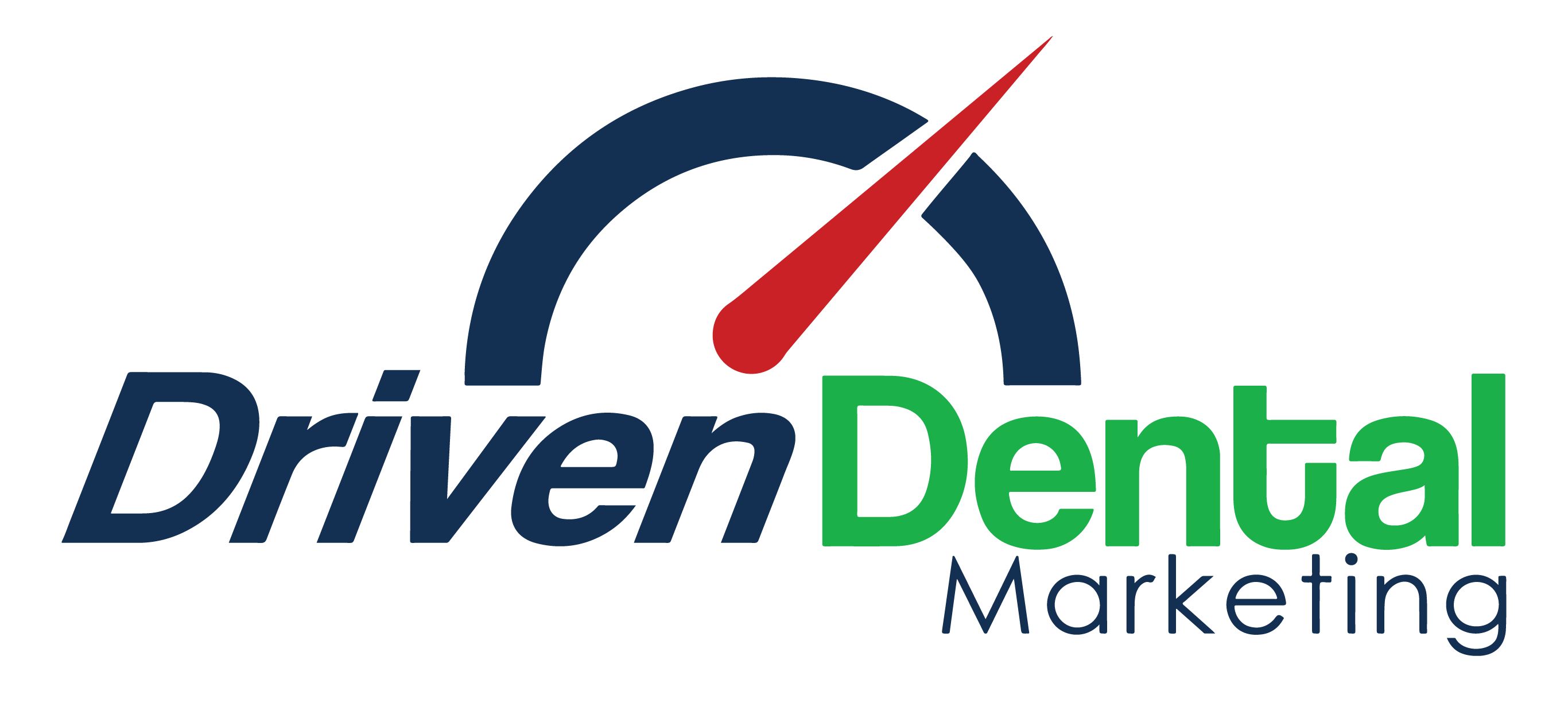Dental practices come to us to attract new, better, and more consistent dental implant cases. Some come to us having never before run a dental implant marketing campaign. Others have run dental implant marketing campaigns before but not with the success they had hoped.
Some set up their campaign themselves. Others used a marketing agency with little experience running dental implant marketing campaigns. Through fixing hundreds of failed dental implant marketing campaigns, we have learned a lot about why campaigns fail. Here are the three biggest reasons campaigns fail.
Your dental implant marketing campaign targets the wrong audience.
One of the most important parts of a dental implant marketing campaign is choosing the right target audience. That is a two-step process. First, you need to choose wisely the ad platform you are using. Our favorite platform for running ads for dental implant marketing campaigns—by far—is Google Ads (formerly Google Adwords). Google Ads work well because you can show an ad only to people you know will be actively searching for dental implants in your area. No other platform gives you the same search volume and interest-based targeting.
Another platform that can work well is Facebook. While you cannot target people based on their interest in dental implants, Facebook has a unique advantage in the market. Specifically, everybody is on Facebook—as of the end of 2018, more than 2.32 billion people actively use Facebook around the world. More than 200 million of Facebook’s users are adults located in the United States, alone. You can even place a piece of code on your website that communicates with Facebook and run an ad to people who landed on your dental implants webpage.
Using Facebook and Google Ads together can give you the best of both worlds. For example, you could Google Ads to introduce yourself and Facebook marketing as one way to follow up until they are ready to come in for a consultation.
Your dental marketing is only a single advertisement.
If your entire dental implant marketing campaign is a single ad and a link to your website, you really do not have a campaign at all. You only have an advertisement.
A campaign is a series of messages that educates and motivates a prospect to take a desired action. You need to get into the minds of dental implant patients and design a series of messages that help qualified prospects move forward to becoming aware of your implant practice, trusting you and your practice, and ultimately having you place their implant. That requires you to design a message that connects with prospects when they are searching for teeth replacement options. That message must guide them to the next step, which will guide them to the next step, and so on, until they have gotten to know, like, and trust you enough to schedule an appointment.
For example, an ad about dental implants needs to lead to a webpage about dental implants that matches the promise made in the ad and encourages them to take the next step. Doing so confirms to the prospect that they made the right decision to click on your ad. That builds trust because you fulfilled the promise made in the ad. Each piece of content must lead them to the next step in the dental implant buying process, calling you to book a free consultation, and so forth. Make sure your campaigns do not only consist of an isolated ad, and you will see much better results.
Your dental implant marketing campaign uses the wrong content.
Make sure your ads are appropriate for the platform you are using so they feel natural to a prospect.
For example, people are used to going to Facebook to see pictures and videos of friends and family. They go to Facebook looking for pictures and videos. For those reasons, Facebook ads with videos or pictures of people are much more likely to be successful.
Facebook is a social channel. Content should be social in nature but with the purpose of building trust and showcasing social proof. For example, you could share a picture of your Cone Beam CT scanner taken with your cell phone with a message about how excited you are to have the best technology to serve dental implant patients. Have someone take that picture with a smartphone and you will have a quality but natural image that fits in on Facebook and demonstrates your authority.
You could also share a video tour of your office, either recorded or live where you can showcase your personality, professionalism, and technology for a similar effect.
When people use Google, they are most often looking for answers. To be effective, we need to use ads that enter the conversation already going on in our prospects’ heads. We must meet them where they are and guide them forward using our campaign content.
We are able to do this by focusing on specific keywords people use when searching for dental implants. We then match the content of ads to the conversation we know are going on in their heads when they search for those keywords.
For example, we might target people who search for “how much do dental implants cost” with an ad offering a “free dental implant cost guide.” When they click on the ad, we follow through on that promise with a compelling landing page and then lead them forward to the next step of the buying process.
Make sure you are using the right content and your dental implant marketing campaign will get much better results.
Are you ready to get consistent results from your dental marketing campaigns?
If you’re interested in learning more about how Driven Dental Marketing can help you to attract and convert more high-value patients, you can book a FREE 15-minute strategy session right here on drivendentalmarketing.com.

